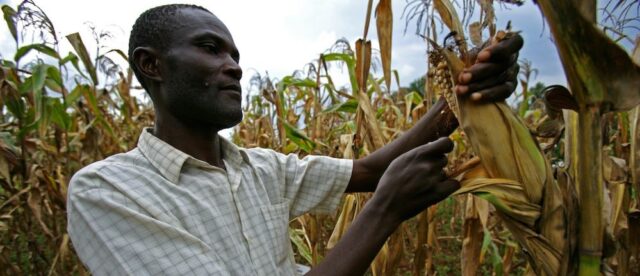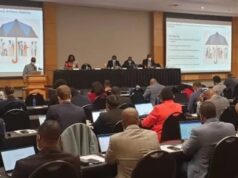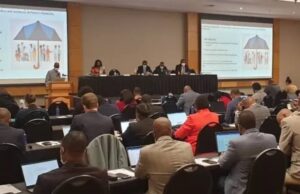
(4 Minutes Read)
The Southern African country is experiencing drought conditions in 84 of its 116 districts. The rainy season for the country was truncated and ended in late January. Otherwise, the season gets extended up to the end of March, starting from October
The International Monetary Fund will visit Zambia, tentatively in mid-April, to assess the adverse impact of the ongoing drought. The Southern African country is experiencing drought conditions in 84 of its 116 districts. The rainy season for the country was truncated and ended in late January. Otherwise, the season gets extended up to the end of March, starting from October.
As reported by www.trendsnafrica.com, last week, Zambian President Hakainde Hichilema declared the drought a national disaster and emergency, as it severely impacted food production. As the dams are getting dried up, the IMF prediction is that Zambia may have to import energy to make up for the deficit in hydropower. Hydropower accounts for at least 80 percent of its electricity generation.
A common crop grown in the country, maize, requires consistent rainfall. The absence of rainfall has affected the crop, which badly hit small-scale farmers. Nearly 70 percent of Zambians rely on food grown by small-scale farmers. Non-governmental organizations working in Zambia like Oxfam predicted that six million people face acute food shortages in Zambia until the next growing season.
In the meantime, President Hichilema said authorities would redistribute food from areas where there is an excess to districts that are in need. He also has called for assistance from the international community to meet the food deficit. Organizations like FAO have predicted huge food deficits in food-importing countries due to supply bottlenecks caused by climate change and disturbances in Africa and beyond.
The United Nations (FAO), the African Union Commission (AUC), the UN Economic Commission for Africa (ECA), and the World Food Programme (WFP). The report, Africa Regional Overview of Food Security and Nutrition – Statistics and Trends 2023 highlighted alarming statistics on food insecurity in Africa and malnutrition that underscore the urgent need for comprehensive action.
Read Also:
https://trendsnafrica.com/zambia-give-soft-loans-to-women-to-undertake-viable-business/
https://trendsnafrica.com/zambia-promotes-farm-mechanization-program/
Nearly 282 million people in Africa (about 20 percent of the population) are undernourished, an increase of 57 million people since the COVID-19 pandemic began. More than a billion people are unable to afford a healthy diet. Around 30 percent of children are stunted because of malnutrition. Africa remains off-track to meet the food security and nutrition targets of the Sustainable Development Goals by 2030, and the Malabo targets of ending hunger and all forms of malnutrition by 2025.











